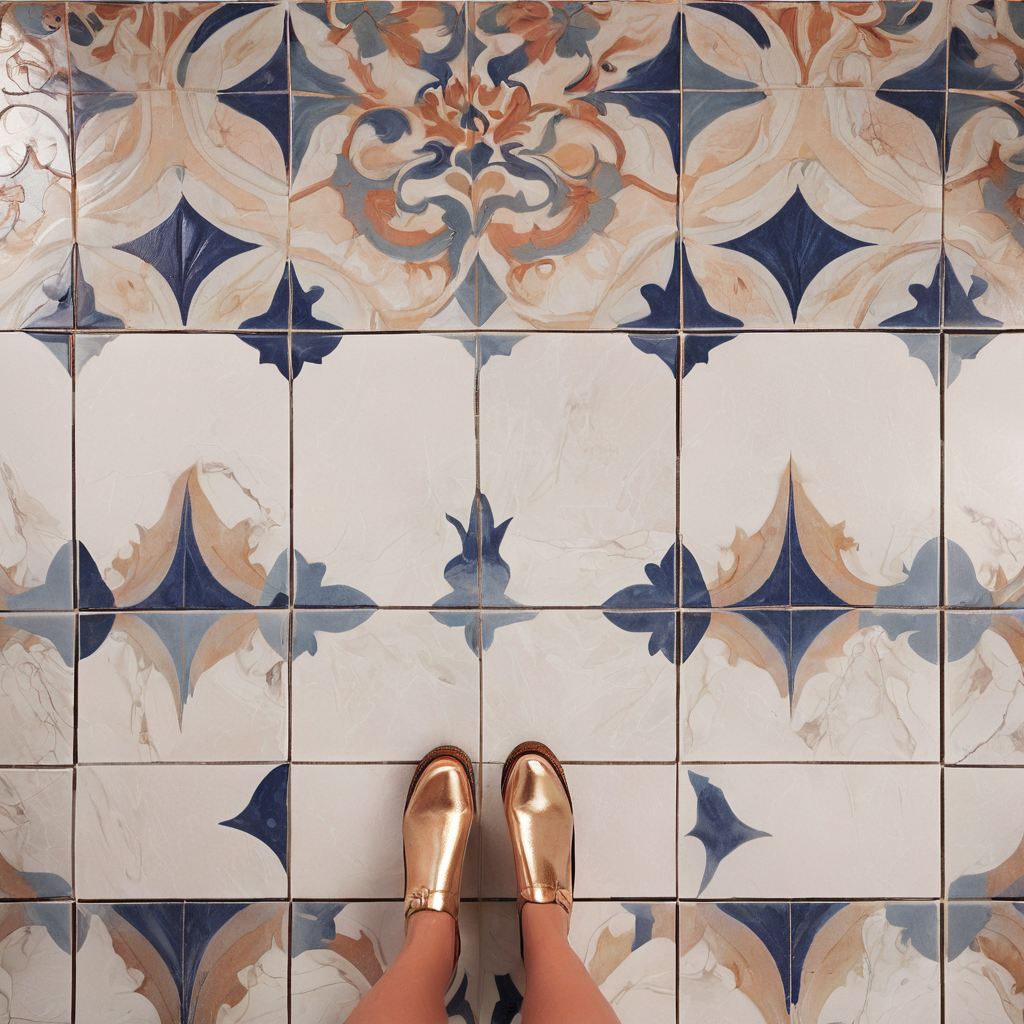
When embarking on a tiling project, choosing the right grout is crucial for both aesthetic and functional purposes. Two main types of grout are commonly used: sanded and unsanded. Understanding the differences between these two can help ensure your project’s success.
Sanded Grout: Strength and Durability
Composition and Characteristics:
Sanded grout contains fine sand particles, which give it a gritty texture. This type of grout is typically used for wider joints, generally those wider than 1/8 inch. The sand within the mixture provides added strength and durability, making it less prone to cracking.
Applications:
- Floor Tiles: Sanded grout is ideal for flooring due to its robust nature. It can withstand heavy foot traffic and the wear and tear that floors endure.
- Wide Joints: For tiles with wider gaps, sanded grout fills the spaces more effectively and maintains its integrity over time.
Advantages:
- Durability: The sand content helps prevent shrinkage and cracking.
- Cost-Effectiveness: Generally, sanded grout is more affordable than its unsanded counterpart.
Disadvantages:
- Surface Scratching: The abrasive nature of the sand can scratch delicate tiles such as marble or glass.
- Difficult Application: The gritty texture can make it harder to apply and smooth out.
Unsanded Grout: Smooth and Precise
Composition and Characteristics:
Unsanded grout is a smoother mixture composed of cement and non-sand particles. It is typically used for narrower joints, usually 1/8 inch or less. The absence of sand makes it a perfect choice for delicate surfaces.
Applications:
- Wall Tiles: Ideal for vertical surfaces where the grout needs to stay in place without the aid of sand for support.
- Narrow Joints: Best suited for tight spaces between tiles where a smooth, cohesive finish is required.
Advantages:
- Smooth Finish: Provides a clean, polished look that’s perfect for detailed tile work.
- Gentle on Surfaces: Won’t scratch or damage delicate tiles like glass, polished stone, or ceramic.
Disadvantages:
- Less Durable: More prone to shrinkage and cracking, especially in high-traffic areas.
- Higher Cost: Usually more expensive than sanded grout.
Choosing the Right Grout for Your Project
The choice between sanded and unsanded grout depends on several factors:
- Tile Type: For delicate tiles, unsanded grout is the safer option to prevent scratching.
- Joint Width: Use sanded grout for joints wider than 1/8 inch and unsanded grout for narrower joints.
- Location: Consider the location of the tiles. Floors require the durability of sanded grout, while walls can benefit from the smooth finish of unsanded grout.
Selecting the right grout is essential for both the longevity and appearance of your tiling project. Sanded grout offers strength and durability for wider joints and high-traffic areas, while unsanded grout provides a smooth, scratch-free finish for delicate and narrow spaces. By understanding the specific needs of your project, you can ensure a professional and lasting finish.
Cedar Hill St. Louis Jefferson County Olivette Kirkwood Ballwin Arnold Franklin County St Charles County Fenton High Ridge Dittmer Creve Coeur
